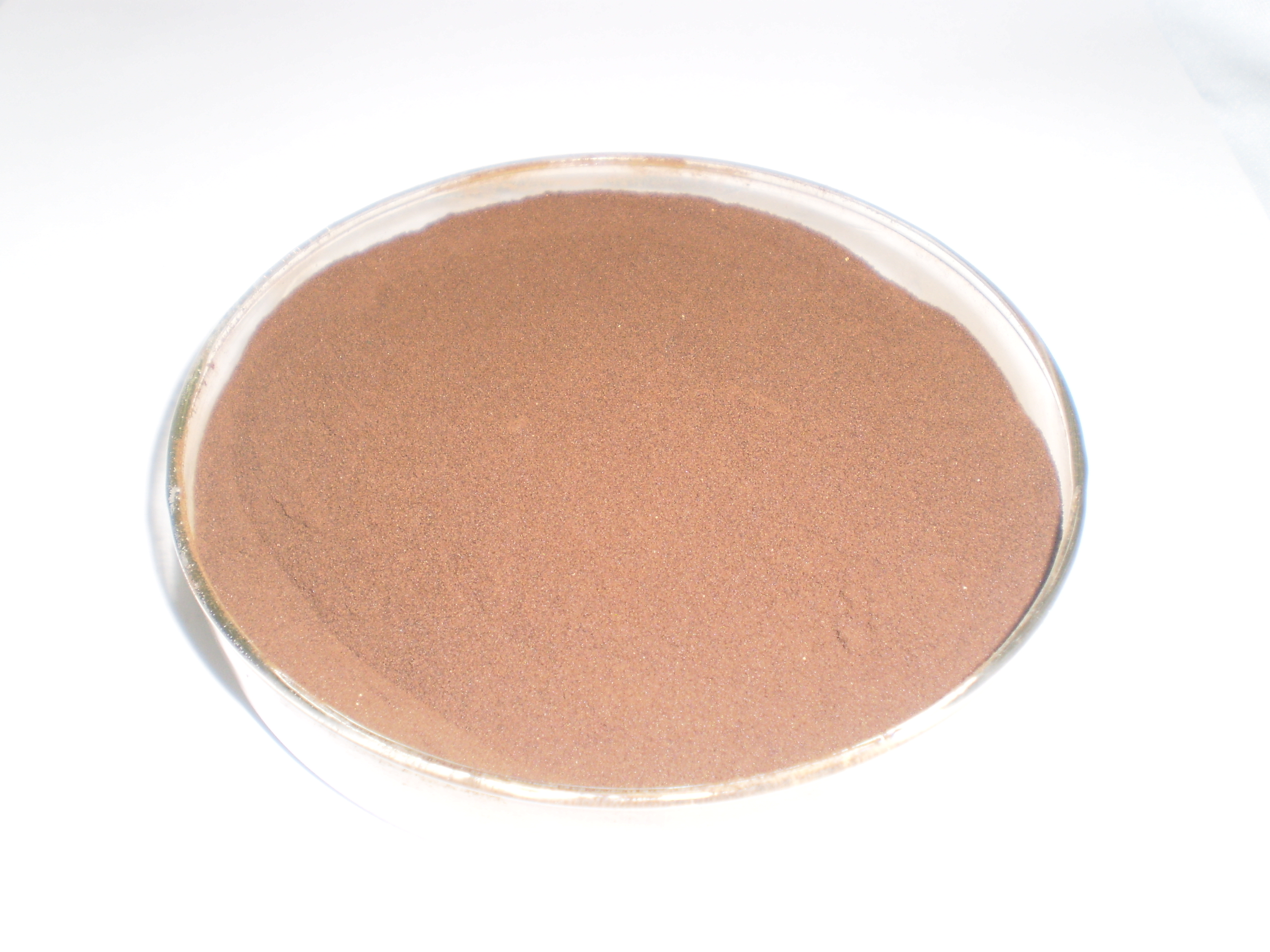Lignosulphonate absorption
In its recent assessment of calcium lignosulphonate, the EFSA ANS Panel (2010) concluded that: “The in vitro studies indicate that the low transepithelial transport measured in Caco2 cell layers could be explained by the high molecular weight of calcium lignosulphonate.
Furthermore, the in vivo studies demonstrated that calcium lignosulphonate is poorly absorbed from the gastrointestinal tract of rats. Overall, the ANS Panel considers that calcium lignosulphonate is poorly transported and absorbed in vivo.” The FEEDAP Panel shares these conclusions on lignosulphonate and considers that they apply to all non-ruminant animals and all lignosulphonate salts.
The FEEDAP Panel notes also that the very limited absorption of this high molecular weight compound would make the presence of substantial amounts in tissues unlikely. The lignin polymer is generally considered as indigestible as degradation in the anaerobic conditions of the rumen essentially does not occur (van Soest, 1994). Molecular oxygen is required for depolymerisation. Small amounts of the phenolic constituents are O-demethylated in the rumen (Doré and Bryant, 1990; Berman and Frazer, 1992).
However, studies have established that lignin in forage fed to ruminants is solubilised as a lignin–carbohydrate complex (LCC) (Gaillard and Richards, 1975; Neilson and Richards, 1982). In vitro experiments have indicated that the LCC produced in the bovine rumen was not significantly affected by further digestion in the rumen. In vivo trials showed that LCC precipitated at the low pH of the abomasum and was mostly recovered in the solid fraction of the faeces.
No further significant digestion occurs after leaving the rumen (Neilson and Richards, 1978). Where the metabolic fate of lignosulphonate is concerned, the FEEDAP Panel considers that the sulphonated lignin in the additive would not be differently metabolised as lignin, giving rise to homologous LCC. Further microbial attack of LCC, if it would occur, would release the sulphonated phenolic constituents.
A study in cattle with about 80 000 and 120 000 mg of a lignosulphonate product/kg feed (corresponding to about 42 000 to 68 000 pure lignosulphonate/kg feed) indicated that a small amount of phenolic compounds, not dose dependent, was absorbed (Chang et al., 1977).
Toxicology
The toxicology of calcium lignosulphonate has been assessed by JECFA (2009) and the EFSA ANS Panel (2010, 2011). The applicant has also provided some information on sodium lignosulphonate.
The ANS Panel considered in vitro genotoxicity (one bacterial reverse mutation assay and one mammalian chromosomal aberration assay), repeated-dose oral toxicity studies and developmental toxicity of calcium lignosulphonate tested in accordance with recognised guidelines.
The EFSA ANS Panel (2010) concluded that “there is no indication for a genotoxic potential of calcium lignosulphonate”. 23 The Joint Food and Agriculture Organization of the United Nations (FAO)/World Health Organization (WHO) Expert Committee on Food Additives (JECFA, 2009), set an Acceptable Daily Intake (ADI) of 20 mg/kg body weight (bw) derived from a no observable adverse effect level (NOAEL) of 2 000 mg/kg bw per day based on a 90-day rat study with doses up to 2 000 mg/kg bw per day. The EFSA Panel on Food Additives and Nutrient Sources Added to Food (ANS) reassessed the same study in 2010 (EFSA ANS Panel, 2010).
Signs of lymphoid hyperplasia or lymphoid infiltration in different organs (in particular in mesenteric and mandibular lymph nodes, in the Peyer’s patches and in the liver) were observed in all treated groups and the control group.
A more detailed assessment of foamy histiocytosis in mesenteric lymph nodes showed a dose-dependent increase in frequency and severity (EFSA ANS Panel, 2011). The ANS Panel further considered that a chronic toxicity study of at least 12 months’ duration is needed to complete the assessment of calcium lignosulphonate as a carrier of vitamins and carotenoids in human nutrition and therefore did not established an ADI. 23 Corresponding to an average molecular weight between 40 000 and 65 000 g/mol.Lignosulphonate for all animal species EFSA Journal 2015;13(7):4160 10 Some experiments on sodium lignosulphonate were also provided in a summarised form, although full reports of the studies were not available. The main findings are summarised below.
Reticuloendotheliosis was seen in rats, dogs and monkeys. This was characterised by an increase in the size of the mesenteric lymph nodes, with increases in the number and size of the reticuloendothelial cells in them and, in some experiments, with increased numbers of Kupffer cells in the liver.
The lowest dietary dose to affect mesenteric lymph nodes in rats was 500 mg/kg bw per day (no effect at 100 mg/kg bw per day), but when sodium lignosulphonate was administered to rats in drinking water the effect was seen at 10 000 mg/kg bw per day, with no effect at 2 420 mg/kg bw per day or less.
In dogs, hypertrophy of the mesenteric lymph nodes and a proliferation of hepatic Kupffer cells were seen at all doses tested (100 mg/kg bw per day or more). In monkeys the mesenteric lymph nodes were affected at 500 mg/kg bw per day or more, with the effect not being seen at 100 mg/kg bw per day.
The other major effects seen to be caused by oral doses of sodium lignosulphonate were gastrointestinal, including diarrhoea/soft stools, ulceration of the colon or caecum and haemorrhaging. Severe diarrhoea was seen in rats given 10 % sodium lignosulphonate in their drinking water, but not in those given 2.5 % or less.
Gastrointestinal ulceration occurred in rabbits given 40 000 mg lignosulphonate/kg feed (2 320 mg/kg bw per day) or more in their drinking water and in guinea pigs given 10 000 mg lignosulphonate/kg feed (1 900 mg/kg bw per day) or more. Diarrhoea and gastrointestinal haemorrhaging were seen at all doses tested in dogs (100 mg/kg bw per day or more). In monkeys, soft stools/diarrhoea and haemorrhages were seen at 2 500 mg/kg bw per day but not at 500 mg/kg bw per day. A two-generation reproduction study (0, 500 and 1 500 mg sodium lignosulphonate/kg bw per day) and two developmental studies (one in rats and one in rabbits, doses not reported) found no adverse effects.
Safety for the target species
No tolerance studies have been provided. The applicant submitted, on request, the results of a literature search that identified 10 in vivo studies. A palatability study in dairy cows (Conrad, 1970) was not considered because of the short duration (up to three days) and the use of only one lignosulphonate concentration (2 %).
In another study on dairy cows, Ure et al. (2005) investigated the influence of treated, extruded, partially expelled soybean meals as undegradable protein and bypass fat sources on lactation performance and ruminal fermentation of dairy cows.
One extruded soybean meal was treated before a second extrusion with a premix containing lignosulphonate (dose not given). In the absence of information on the dose, this study could not be considered. Two other studies (Brewer et al. (1989) on male turkeys and Acar et al. (1991) on chicken for fattening) used only one level of calcium lignosulphonate (12 500 mg/kg feed), which is about one-third of the proposed maximum content. In both experiments, no detrimental effects of calcium lignosulphonate on performance characteristics were observed.

